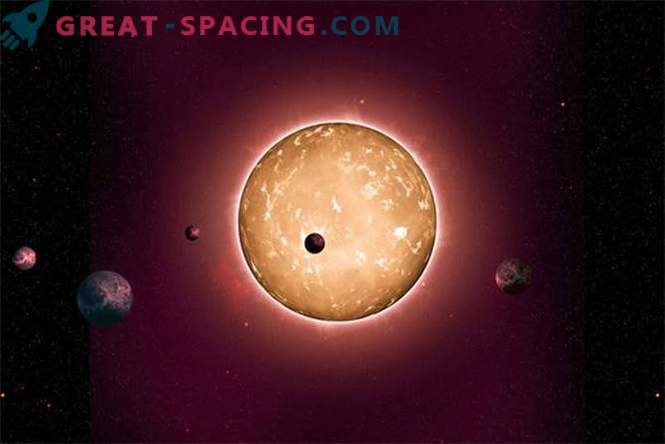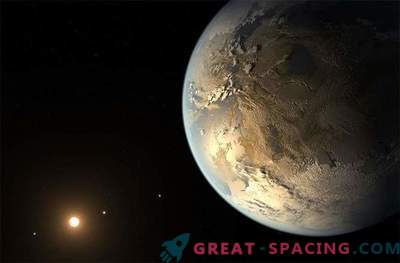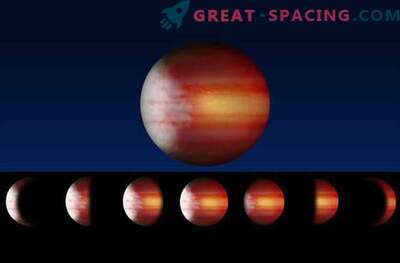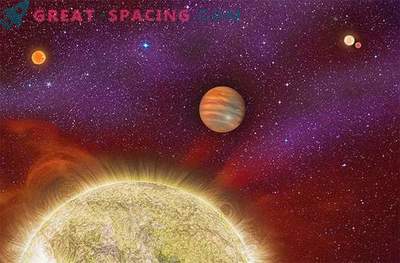
Astronomers have discovered a stellar system that bears a striking resemblance to our inner solar system. Five small exoplanets, ranging in size from Mercury to Venus, revolve around this Sun-like star.
But there is something very unusual for this compact “Solar System”. It was formed when the age of the Universe was only 20 percent of what is now, which makes it the oldest star system found today.
The international community of astronomers studying data from the NASA Kepler space telescope over the past four years, quickly realized that the Kepler-444 system was formed about 11.2 billion years ago.
Although Kepler-444 can be considered an ancient version of our solar system, the worlds that are located in it are not suitable for life and of course do not resemble the Earth. They rotate inside the star's residential zone at a distance of only 10 percent of the one on which the Earth is located. "This system shows that the formation of planets could occur under conditions different from those in which our solar system was formed," said co-author researcher Sarbani Basu of Yale University.
Kepler discovered a family of 5 rocky worlds using the transit search method (this method is based on the passage of a planet in front of the parent star, causing the light from the star to dim for a while). Thanks to this method, the physical dimensions of exoplanets and their orbital characteristics can also be determined.
But to measure the age of a star (and, therefore, the age of the entire star system), researchers needed to use the astroseismology method. This method is based on the natural resonance of a star caused by sound waves. Resonances cause small changes in the brightness of the star, which are then used to measure the size of the star, its mass and age.
"There are far-reaching plans for this discovery," said lead author Thiago Campante of the University of Birmingham, United Kingdom. "Now we know that planets the size of the Earth could have been formed over 13.8 billion years of the history of the Universe, which is enough for the existence of ancient life in the galaxy." Indeed, the discovery of a system of rocky worlds that have formed around such an ancient star suggests that the formation of the planetary took place at the very beginning of the history of the Universe. We know that life on Earth was formed 3, 6 billion years ago, a billion years after our planet was formed from a protoplanetary disk.
So the question arises: if exoplanets formed around 11.2 billion years ago around other stars, could life form on them? If so, then maybe the alien life was already in the history of our galaxy? Or maybe alien life already exists for 10 billion years?
At present, we simply do not know the answers to these questions, but such studies as this will help us to understand whether there is life in our Milky Way.











































